Duolingo, a renowned language-learning application, has brought about a remarkable shift in how people embrace new languages. Its unique approach of incorporating gamification has garnered a vast and devoted following. Duolingo’s gamification strategy has wholly transformed the language education landscape by infusing fun and engagement into the language learning process.
The core principle driving Duolingo’s gamification is the belief that learning should be an enjoyable and immersive experience. Leveraging an array of game-like components such as incentives, accolades, and competitive leaderboards, the app successfully inspires learners to persist in their language journey. These dynamic features are pivotal in motivating learners, proving crucial for adequate language acquisition.
Understanding Duolingo
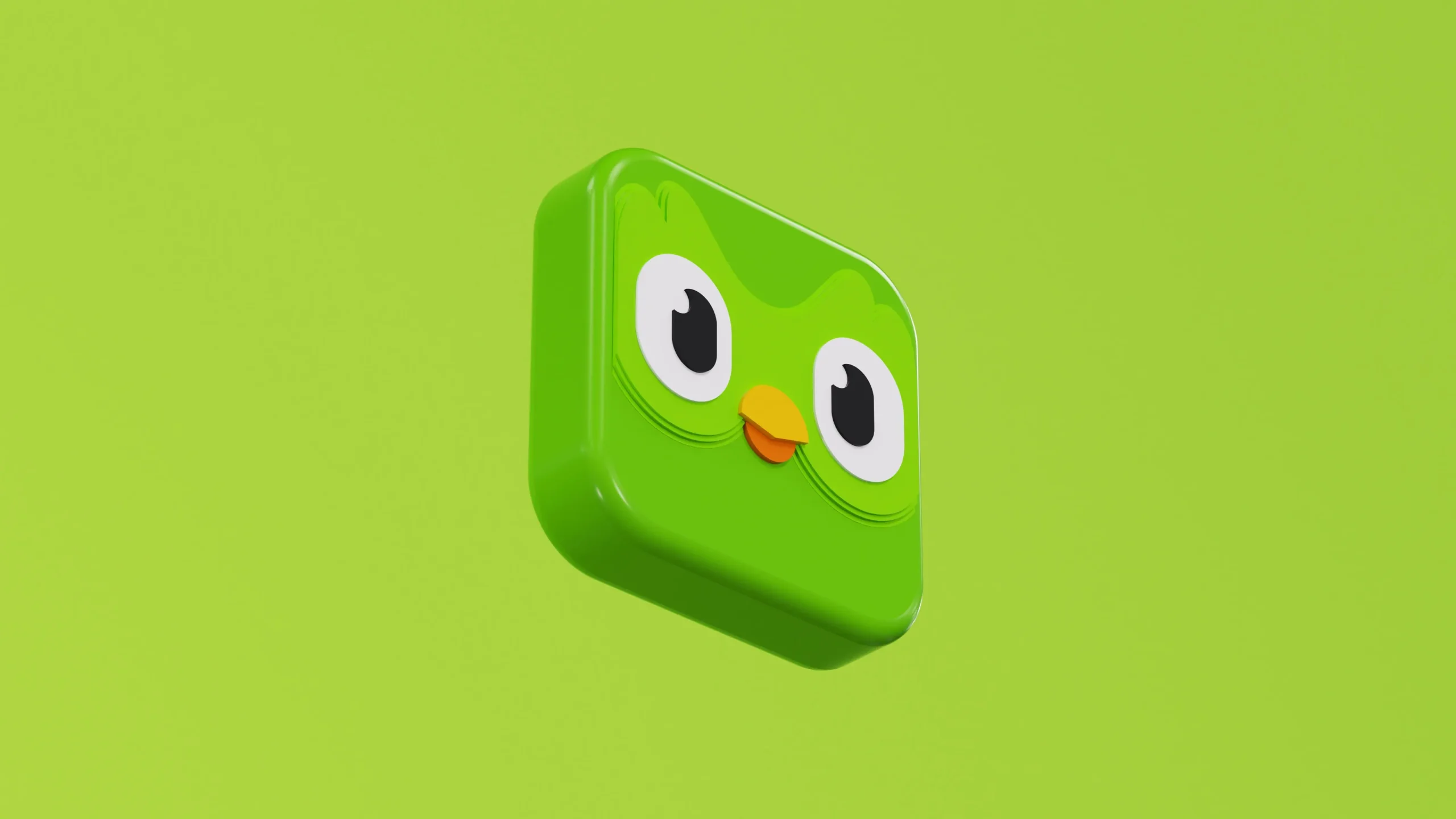
Established in 2011, Duolingo has evolved into a household name among language learners worldwide, boasting its status as a popular language learning app that offers free language education to millions of users. This innovative approach to teaching languages has transformed the language education landscape, making it a compelling Duolingo case study.
With a diverse range of over 40 languages, including Spanish, French, German, Italian, Portuguese, Russian, Japanese, and Chinese, Duolingo’s courses captivate learners through their fun, engaging, and effective methods, driven by the powerful strategy of Duolingo gamification.
The platform’s unique gamified approach follows the principle of “learning by doing,” encouraging users to actively use the language in real-world scenarios actively, thus enhancing their language proficiency. Points, levels, badges, and streaks are ingeniously integrated as game-like features, serving as motivational tools to keep learners consistently engaged and inspired.

Central to Duolingo’s success is its adaptive learning algorithm, skillfully employing machine learning to personalize the learning journey for each individual. By tracking users’ progress and adjusting the difficulty of lessons and exercises based on their performance, this algorithm ensures a tailored and optimized learning experience, preventing learners from feeling overwhelmed or disinterested.
Emphasizing the sense of community, Duolingo fosters interaction among its users through social features. Facilitating friendly competition, the platform enables users to exchange tips and advice and even engage in language practice with native speakers through its language exchange program.
Duolingo’s strategic implementation of gamification, backed by adaptive learning and a vibrant user community, has made language courses more accessible, enjoyable, and rewarding for learners across the globe.
Duolingo’s Gamification Principle

Duolingo, the vanguard language-learning platform, is an illuminating Duolingo case study for its groundbreaking strategy of infusing gamification principles into language education. The essence of gamification lies in ingeniously integrating game-like elements into non-game contexts, elevating customer engagement and motivation to unprecedented heights. Duolingo’s gamification strategy, deeply rooted in the Octalysis framework, artfully dissects the driving forces of resonation, culminating in captivating and gratifying user experiences.
The foundation of Duolingo’s gamification lies in a triumvirate of core elements: points, levels, and rewards. Earning points becomes rewarding as learners conquer lessons and exercises, effectively tracking their progress and fueling friendly competition among users. Indicative language proficiency levels deliver a sense of accomplishment and advancement, inspiring learners to strive for linguistic mastery. The allure of rewards, ranging from virtual badges to tangible prizes, is a compelling incentive for learners to complete tasks and attain noteworthy milestones.
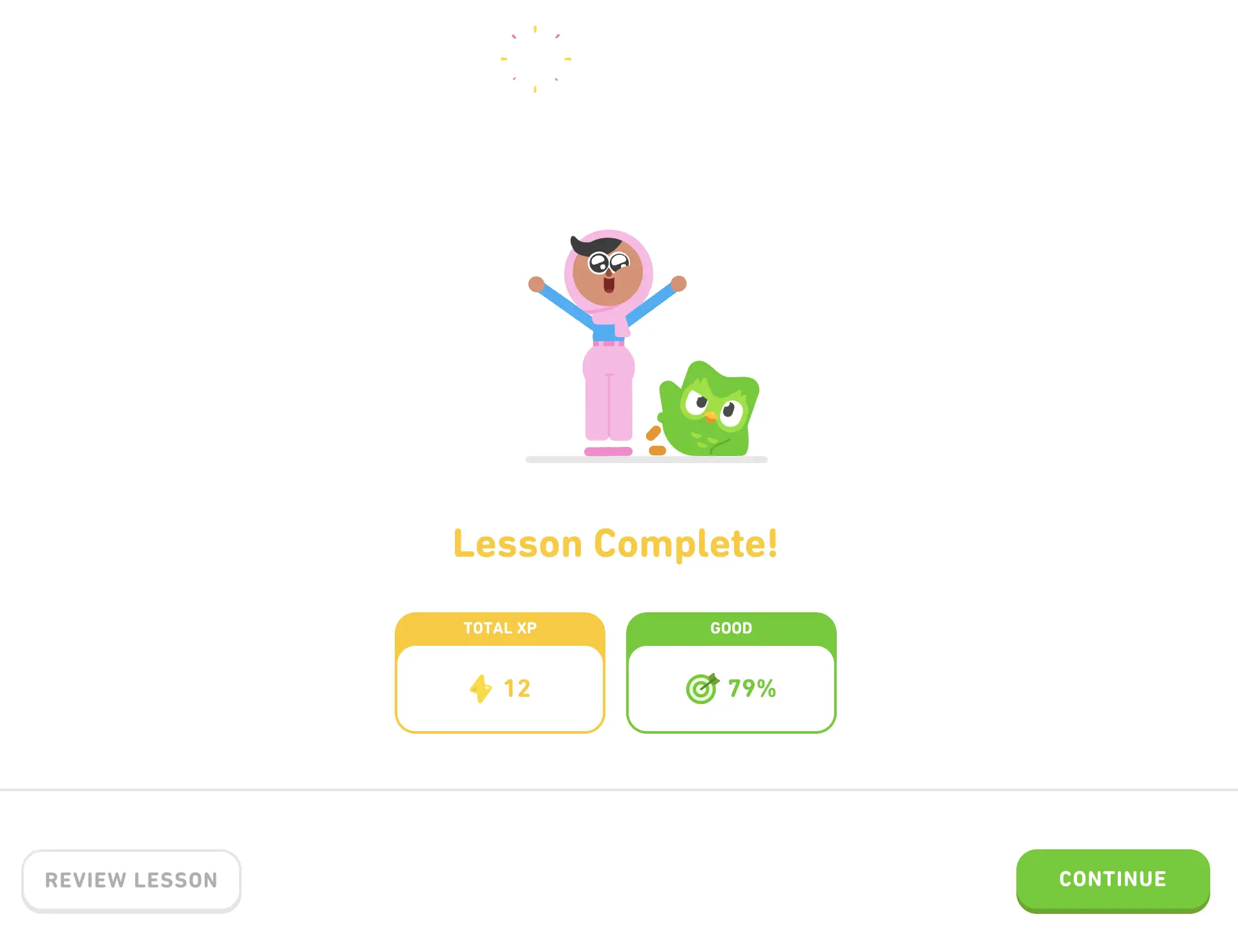
Ingeniously enveloping the platform with game-like flair, Duolingo’s gamification principle extends its allure through captivating features like leaderboards, streaks, and daily goals. The thrill of competition flourishes as users vie for positions on leaderboards, showcasing their prowess in points and levels. The captivating concept of streaks motivates learners to maintain their dedication by rewarding consecutive days of practice, instilling a rewarding daily learning habit. Moreover, establishing daily goals creates tangible targets, fostering a sense of accomplishment with each achievement unlocked.
Duolingo’s strategic implementation of gamification redefines language learning and showcases the immense potential of leveraging human motivation to craft enriching and rewarding educational experiences.
Duolingo’s Strategy
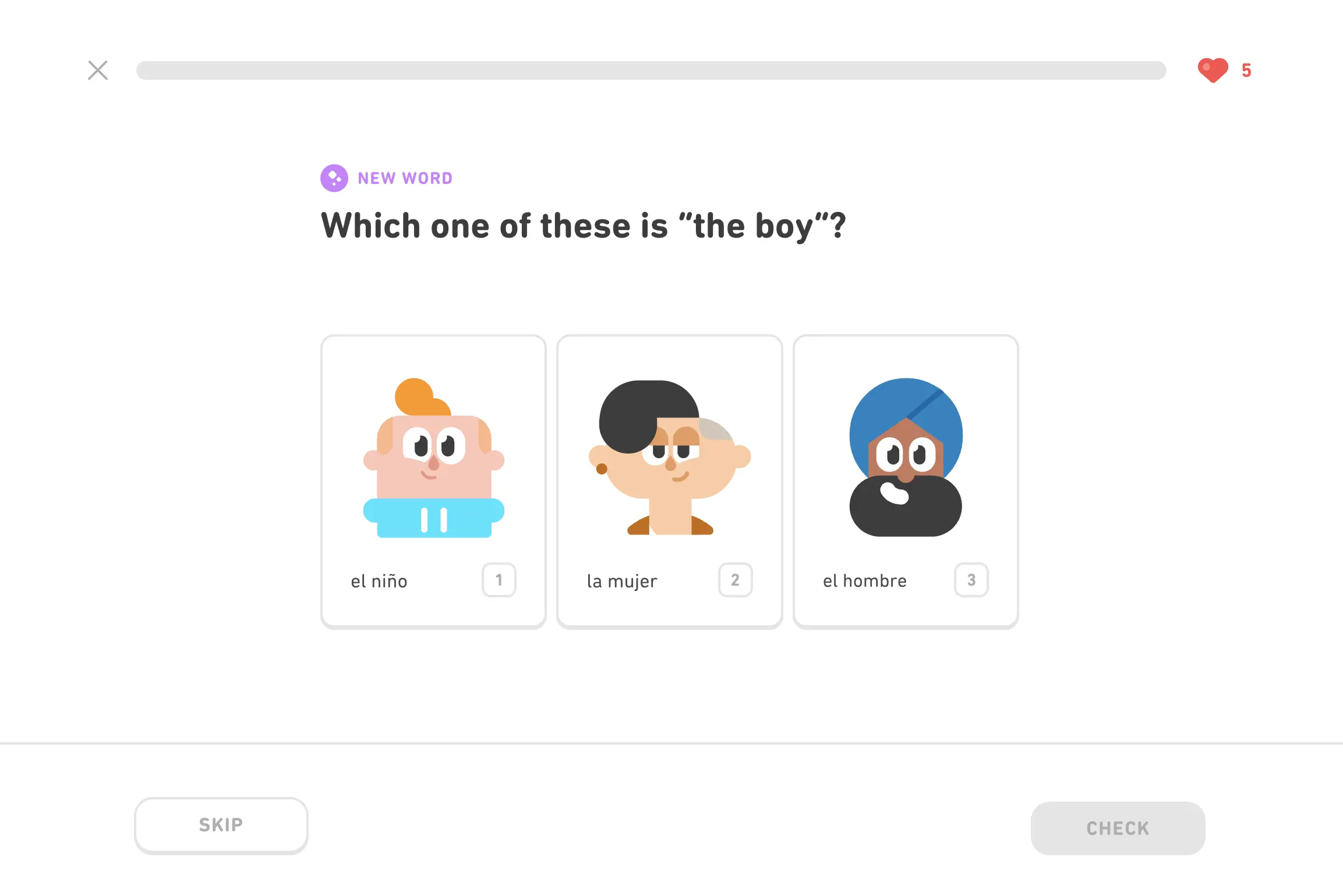
Duolingo has revolutionized language learning by incorporating gamification into its platform. The company’s approach to language learning is unique and effective, making it one of the most popular language-learning apps in the world.
Approach to Language Learning
As a remarkable Duolingo case study, Duolingo’s groundbreaking strategy hinges on the premise that language learning apps should captivate and engross learners. Firmly believing that enjoyment fuels linguistic progress, the company deftly orchestrates its platform to encompass interactivity and entertainment, fostering an immersive and gratifying language-learning voyage.
Duolingo’s ingenious approach to language acquisition seamlessly incorporates the concept of spaced repetition, where novel word aspects are presented at precise intervals, reinforcing learning and bolstering retention. The platform further harnesses the power of adaptive learning algorithms, deftly tailoring the learning journey to suit the preferences and aptitudes of each user, thereby personalizing the language-learning experience like never before.
User Engagement Techniques
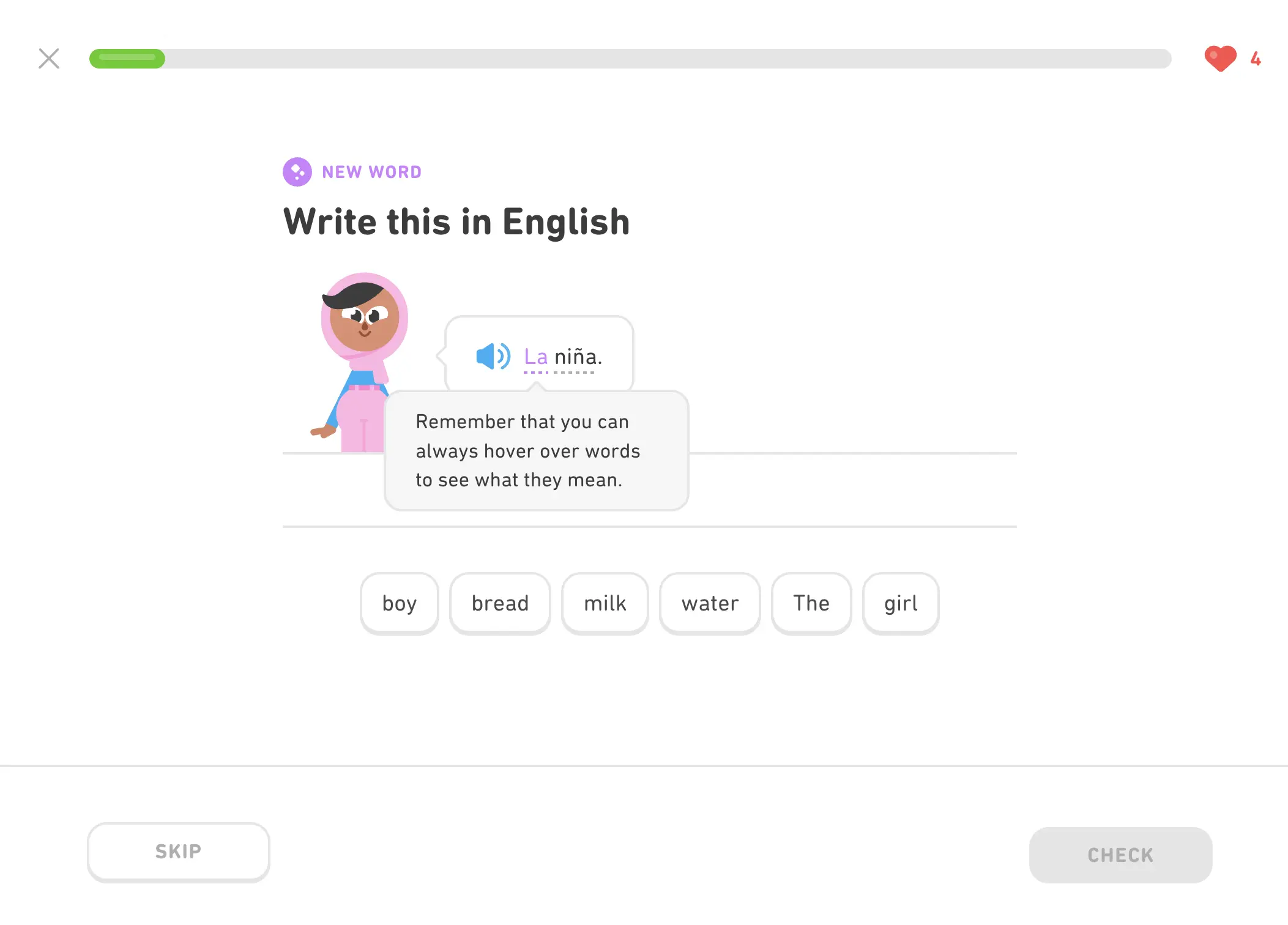
Duolingo’s gamification strategy is centered around user engagement. The company uses a variety of techniques to keep users motivated and engaged, including:
- Streaks: Users are rewarded for logging in and completing lessons daily with a streak counter. This encourages users to make language learning a daily habit.
- Badges: Users earn badges for completing certain milestones, such as finishing a course or reaching a certain level. This provides a sense of accomplishment and motivates users to continue learning.
- Leaderboards: Users can compete with friends and other users on leaderboards to see who has the highest score. This creates a sense of community and encourages healthy competition.
- Bonus Skills: Duolingo offers bonus skills that users can unlock by completing specific tasks. This provides an extra incentive to keep learning and mastering new skills.
Duolingo’s strategy is effective because it focuses on making language learning fun and engaging. By incorporating gamification and customer engagement techniques, the platform has created a loyal user base motivated to continue learning and improving their language skills.
Case Study of Duolingo’s Success

Duolingo has transformed language learning by utilizing gamification techniques to make the process more engaging and effective. The app has gained immense popularity since its launch in 2011 and has become a case study in education technology.
User Growth Analysis
Duolingo’s success can be attributed to its exponential user growth. The app has over 500 million registered users worldwide and is available in over 40 languages. According to a Bloomberg article, the app’s user base grew from 25 million in 2015 to 300 million in 2020. This growth can be attributed to the app’s gamification techniques, which make language learning fun and addictive.
Duolingo’s user growth can also be attributed to its accessibility. The app is free; users can access it on their smartphones or computers. This accessibility has made language learning more accessible to people from all walks of life, regardless of their economic status or educational background.
Impact on Language Learning

Duolingo’s gamification techniques have had a significant impact on language learning. According to a systematic review of Duolingo literature, the app effectively improves language proficiency. The review found that Duolingo effectively improved learners’ reading, writing, listening, and speaking skills.
Duolingo’s gamification techniques have also improved learners’ motivation and engagement. The app’s rewards, such as badges and points, encourage learners to continue practicing and progressing through the app’s levels. This motivation and attention are critical factors in successful language learning.
In conclusion, Duolingo’s success can be attributed to its use of gamification techniques to make language learning more engaging and effective. The app’s exponential user growth and impact on language learning make it a case study in education technology.
Ogamify vs Duolingo Mechanics
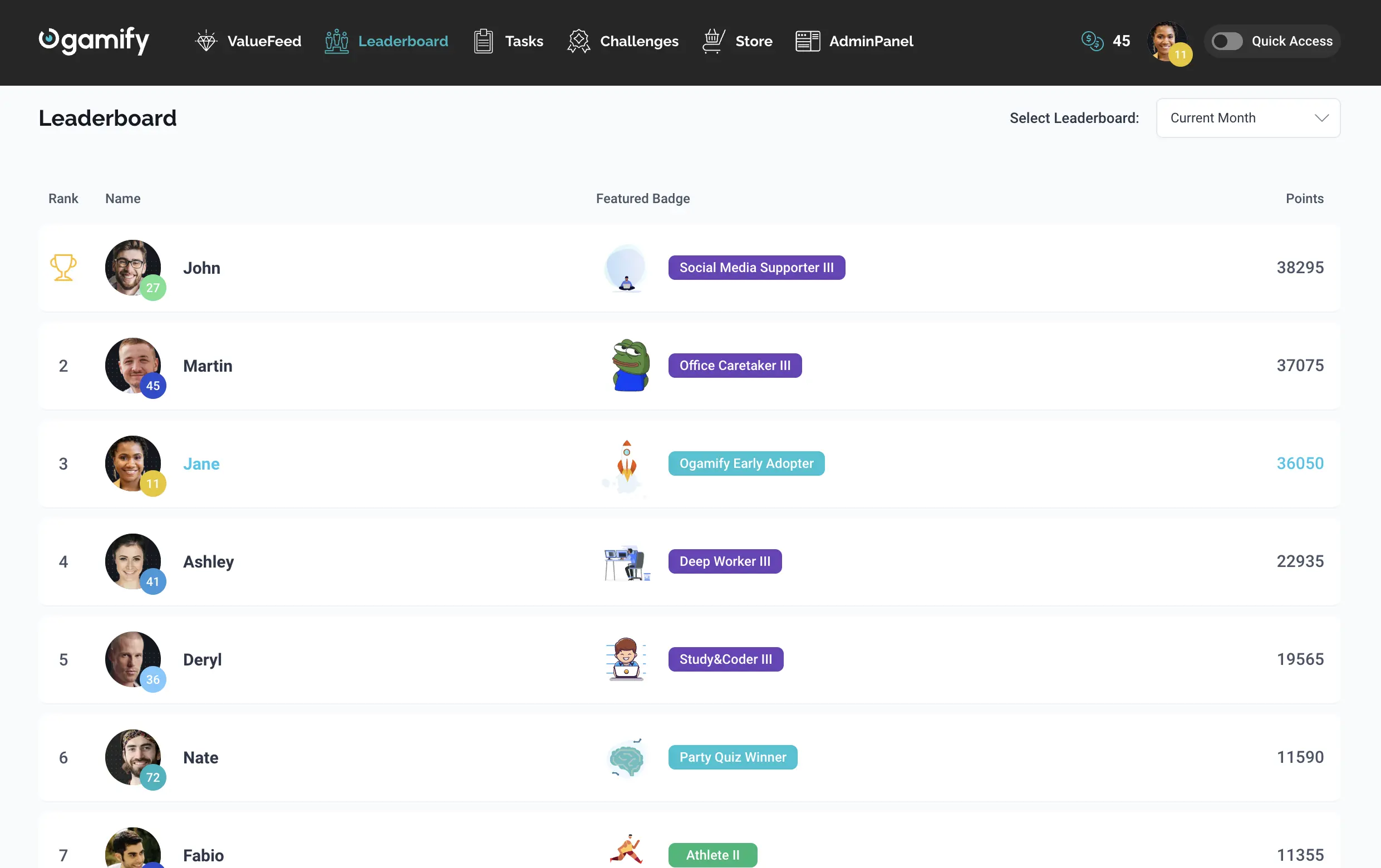
Ogamify and Duolingo are two applications with distinct purposes: Ogamiify serves as an employee productivity platform, while Duolingo focuses on language learning. Both apps use gamification elements like points, badges, and leaderboards to encourage users to engage in activities regularly. These mechanisms are employed differently in each app.
Ogamiify uses them to boost productivity and motivation in the workplace, promoting healthy competition and collaboration among employees. On the other hand, Duolingo employs gamification to make language learning more enjoyable and effective, rewarding users for their progress and effort.
How does Ogamify work?
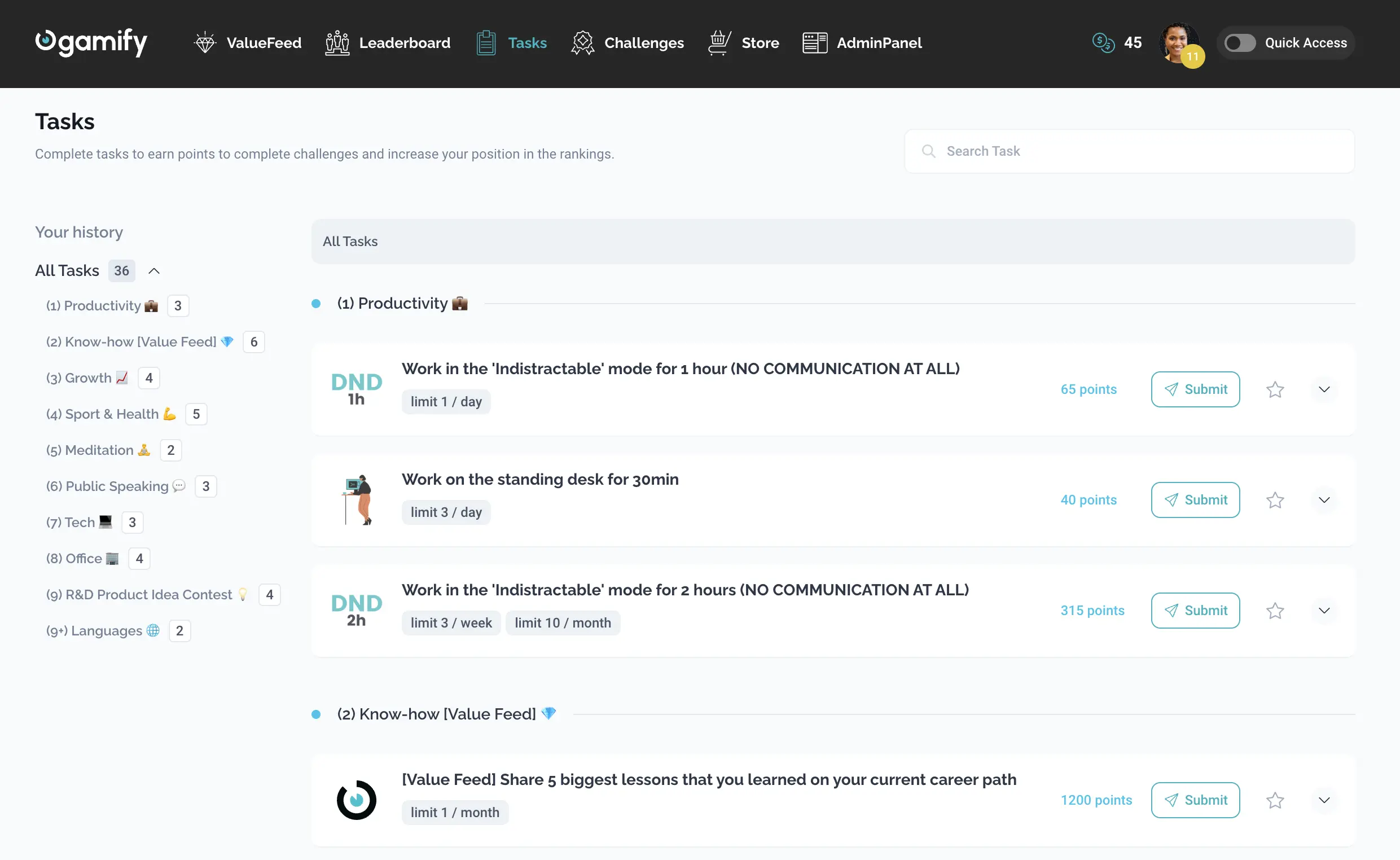
Ogamiify taps into the intrinsic human desire for accomplishment and recognition by integrating points, badges, and leaderboards, instilling a sense of healthy competition and collaboration among employees. The core of Ogamiify’s offering lies in its comprehensive set of features designed to boost productivity and motivation. One of its central components is the “Tasks & Challenges” system, wherein employees can earn points by completing assigned tasks and challenges. This incentivizes performance and fosters a sense of achievement as individuals witness their progress and accomplishments accumulating over time.
Furthermore, Ogamiify introduces the “Value Feed,” a unique feature that encourages knowledge-sharing and mutual appreciation within the workplace. Employees can exchange insights, best practices, and valuable information, creating a supportive environment where learning becomes a collective endeavor. The act of acknowledging and appreciating each other’s contributions to the Value Feed further reinforces a positive and nurturing work culture.
To enhance employee engagement, Ogamify introduces the “Store” section. Employees can materialize their hard-earned points by exchanging them for rewards, reinforcing that dedication and effort are duly recognized and valued within the organization.
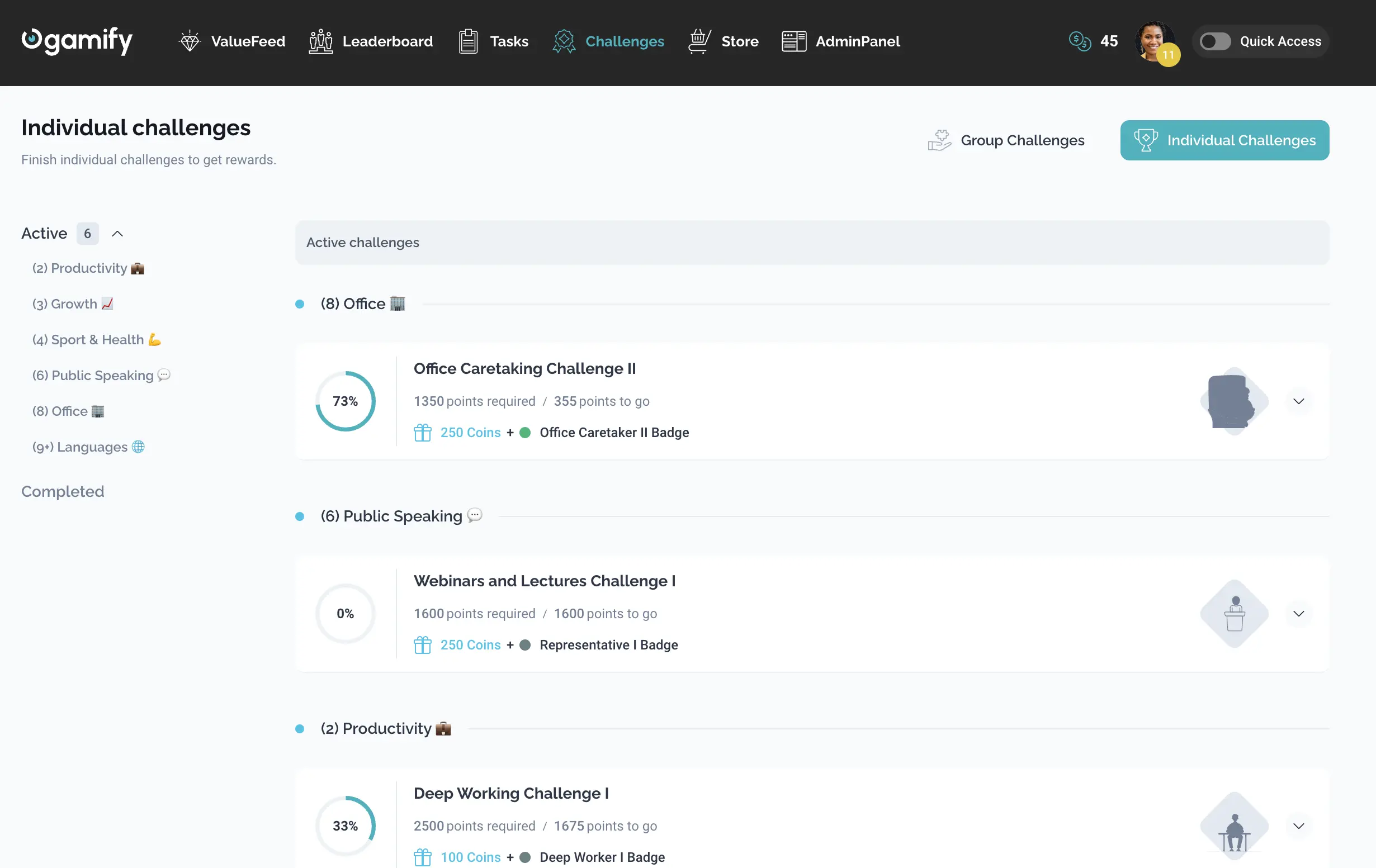
To ignite a spirit of camaraderie and healthy competition, Ogamiify boasts the “Leaderboard” feature. This dynamic platform allows employees to participate in enjoyable monthly competitions, with the potential to claim the coveted top position on the leaderboard. Such friendly contests inspire individuals to push their boundaries and strive for excellence in their daily tasks, all while building a stronger sense of unity and shared purpose among team members.
Additionally, Ogamiify extends its influence beyond task management, offering a range of gamified areas that companies can customize to suit their unique objectives. From promoting distractable focus to encouraging knowledge-sharing and growth-oriented activities, Ogamiify empowers businesses to nurture holistic employee development.
The setup process for Ogamiify is seamless and efficient, making it accessible to businesses of all sizes. Creating a gamespace for the team is as simple as sending out invite links, and integration with existing team chat channels ensures that even those not initially inclined to participate can benefit from the platform’s value.
Conclusion
Duolingo’s pioneering Duolingo strategy of gamification has revolutionized the landscape of language learning apps, rendering it a captivating, enjoyable, and irresistible journey. The masterful amalgamation of game-based elements like mechanics, aesthetics, and game thinking within non-game contexts has yielded astounding results, motivating users to take decisive action, amplifying their learning prowess, and honing their problem-solving abilities.
This Duolingo case study exemplifies how Duolingo’s innovative gamified approach has attracted a massive global user base. With a discerning and strategic implementation of gamification techniques, the app seamlessly transforms the pursuit of learning a new language into an enthralling and gratifying endeavor.
The efficacy of Duolingo’s gamification lies in its deft application of programming techniques and tools, forging an unparalleled experience that captivates users and propels them toward new language mastery.
FAQ
What is Duolingo?
Duolingo is a renowned language-learning application that offers an enjoyable and immersive way to learn new languages.
How does Duolingo incorporate gamification to help language learning?
Duolingo uses gamification elements such as incentives, accolades, and leaderboards to motivate and encourage users in their language journey.
What can I do with Duolingo?
Duolingo allows you to learn and sharpen any new language of your choice through interactive activities like lessons, quizzes, and practice exercises.
Is Duolingo free to use?
Yes, Duolingo is free to use, with various options for premium content.
Is Duolingo effective for language learning?
Yes, Duolingo is an incredibly effective solution for language learning due to its dynamic features and exciting gamified approach.


